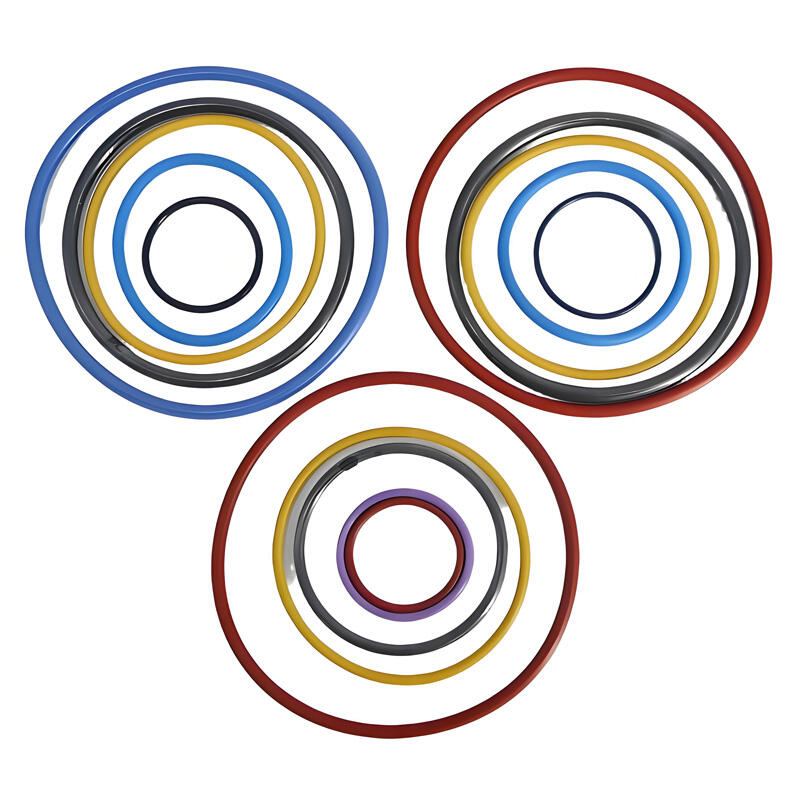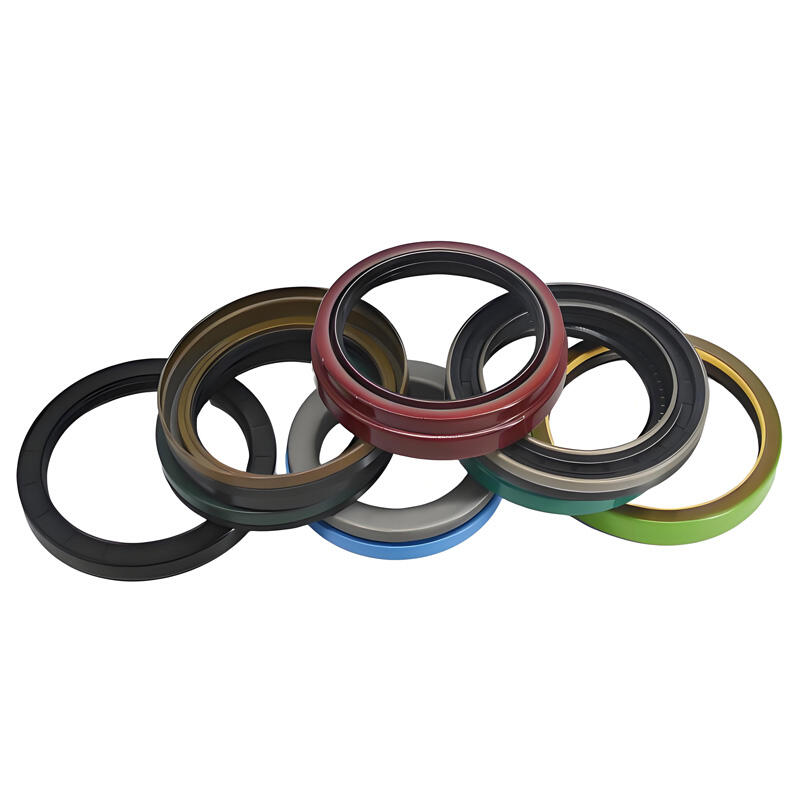Understanding Sealing Ring Selection for Industrial Applications
Selecting the appropriate sealing ring is crucial for maintaining system integrity and operational efficiency across various industrial applications. These essential components play a vital role in preventing leaks, maintaining pressure, and ensuring smooth operations in everything from hydraulic systems to chemical processing equipment. Making an informed choice requires understanding multiple factors that influence sealing ring performance and longevity.
The industrial landscape continues to evolve, bringing new challenges and requirements for sealing solutions. Modern manufacturing processes demand increasingly sophisticated sealing rings that can withstand extreme temperatures, aggressive chemicals, and high-pressure environments. This comprehensive guide will walk you through the essential considerations and selection criteria to help you make an informed decision for your specific application needs.
Critical Factors in Sealing Ring Selection
Material Compatibility and Chemical Resistance
The material composition of your sealing ring directly impacts its performance and durability. Different elastomers and materials offer varying levels of chemical resistance and compatibility. For instance, fluorocarbon (FKM) sealing rings excel in applications involving petroleum-based fluids and high temperatures, while EPDM sealing rings are better suited for water-based applications and steam environments.
Consider the chemical exposure your sealing ring will face during operation. Aggressive chemicals can cause degradation, swelling, or shrinkage of inappropriate materials, leading to premature failure. Always review chemical compatibility charts and consult with manufacturers when dealing with specific chemical combinations.
Temperature and Pressure Requirements
Operating conditions significantly influence sealing ring performance. High-temperature environments require materials with excellent thermal stability, such as silicone or fluorosilicone sealing rings. Conversely, low-temperature applications might benefit from specially formulated compounds that maintain flexibility in cold conditions.
Pressure ratings are equally important. Dynamic applications with fluctuating pressures need sealing rings with excellent recovery properties and compression set resistance. Static applications might prioritize different characteristics, such as long-term deformation resistance.

Dimensional Considerations and Installation Requirements
Size and Tolerance Specifications
Precise dimensional accuracy is essential for optimal sealing ring performance. Consider both the inner diameter (ID) and cross-section when selecting your sealing ring. These measurements must account for groove dimensions, installation requirements, and operating conditions that might affect size and fit.
Tolerance specifications become particularly critical in dynamic applications where excessive friction or inadequate sealing can lead to system failure. Working with standardized sizes when possible can ensure better availability and consistency in replacement parts.
Installation and Maintenance Access
The ease of installation and maintenance should influence your sealing ring selection. Consider the accessibility of the application area and whether special tools or techniques will be required for installation. Some applications might benefit from split-type sealing rings that facilitate installation in difficult-to-access areas.
Design features such as chamfers or special profiles can significantly impact installation success. Additionally, consider whether the sealing ring needs to be replaced frequently and how this might affect your choice of design and material.
Performance Optimization and Longevity
Surface Finish Requirements
The quality of mating surfaces directly affects sealing ring performance. Different applications require specific surface finish ranges for optimal sealing. Too rough a surface can accelerate wear and cause premature failure, while too smooth a surface might not provide adequate lubrication retention.
Consider the running speed and type of motion in dynamic applications. Higher speeds typically require smoother surface finishes and may benefit from special surface treatments or coatings to reduce friction and wear.
Lubrication and Environmental Factors
Proper lubrication is crucial for many sealing ring applications. Consider whether your application requires self-lubricating materials or external lubrication systems. Environmental factors such as dust, debris, or washing procedures can affect lubrication effectiveness and overall sealing ring performance.
Some applications might benefit from sealing rings with integrated lubrication features or special surface treatments. Consider the entire operating environment when making your selection, including cleaning procedures and maintenance schedules.
Frequently Asked Questions
How Often Should Sealing Rings Be Replaced?
The replacement frequency for sealing rings depends on various factors including operating conditions, material selection, and application requirements. Generally, it's recommended to inspect sealing rings during scheduled maintenance and replace them when signs of wear, degradation, or reduced performance are observed. Some applications might require annual replacement, while others might function effectively for several years.
Can Sealing Rings Be Custom-Designed for Specific Applications?
Yes, sealing rings can be custom-designed to meet specific application requirements. This includes special materials, unique profiles, or non-standard sizes. Working with a qualified manufacturer can help develop custom solutions that optimize performance for your particular needs while ensuring compliance with industry standards.
What Are the Signs of Sealing Ring Failure?
Common signs of sealing ring failure include visible leakage, decreased system performance, unusual noise or vibration, and inconsistent pressure readings. Regular inspection can help identify early warning signs such as hardening, cracking, or deformation of the sealing ring material. Addressing these issues promptly can prevent more serious system failures and costly downtime.

